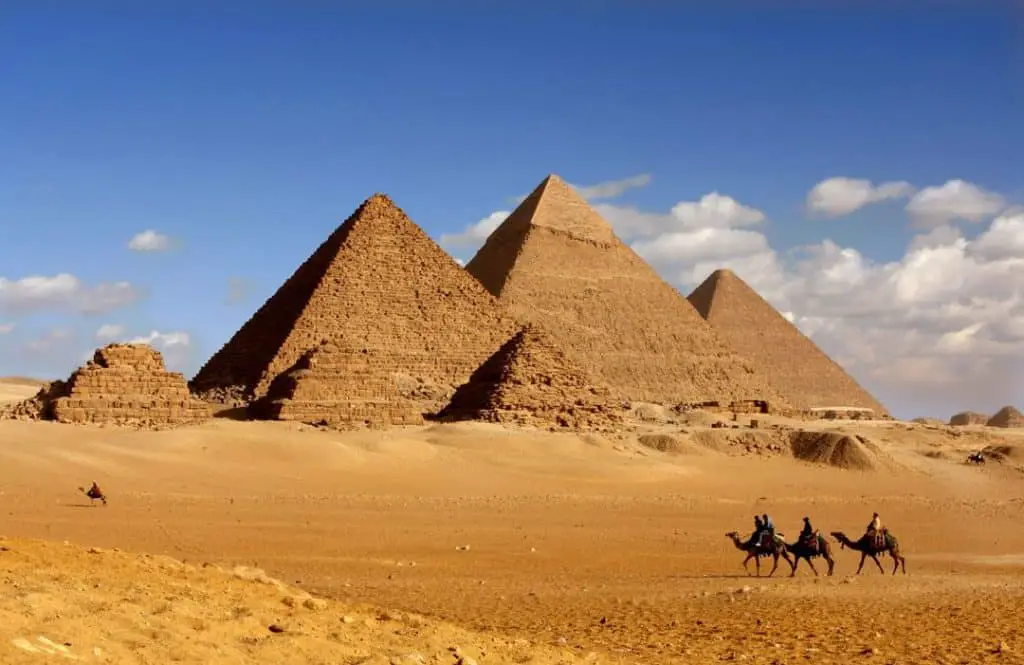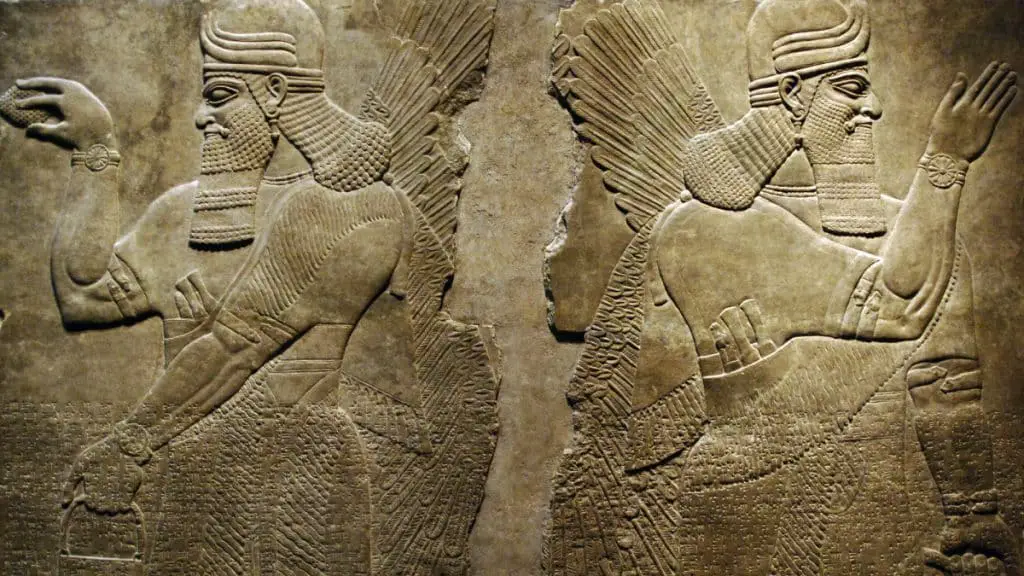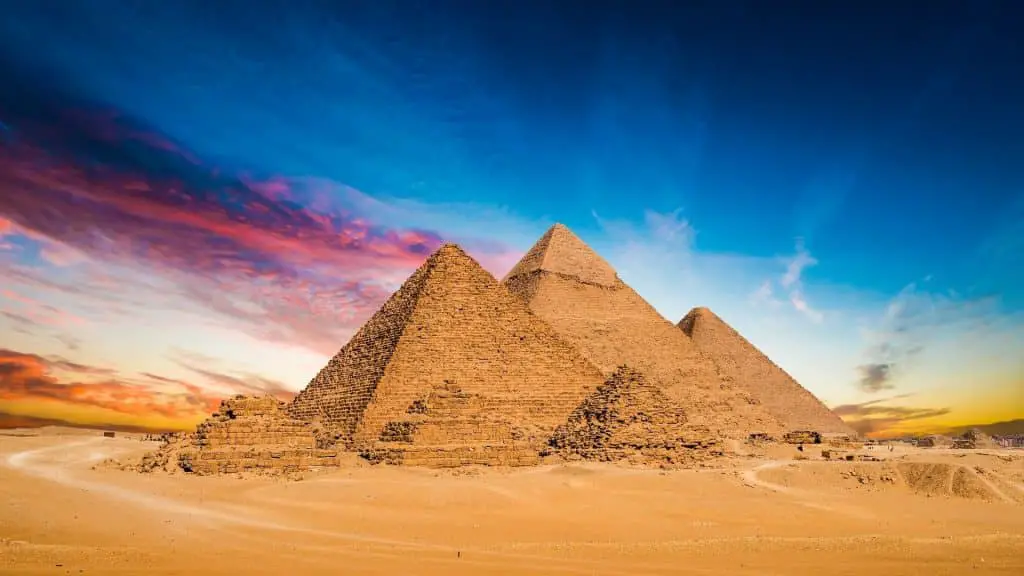There civilization is China, ancient Egypt or Mesopotamia more long-lived? Here’s a look at the evidence for each of these enduring cultures.
The longest-lived civilization
Ancient Egypt, China and Mesopotamia they are all often cited as long-lasting civilizations, lasting for thousands of years. But which of these companies lasted the longest?
It turns out that’s not a simple question, for a few reasons. First, modern historians and archaeologists do not agree on a single definition of civilization, including when it begins and when it ends, and many experts doubt that civilizations can be measured in this way.
Second, all great civilizations have had periods in which they were ruled by “foreigners” – the Hyksos in Egypt, for example – which complicates whether they should be considered continuous civilizations.
Third, the culture near the beginning of a civilization may be different from that near its end. As a result, many modern historians and archaeologists do not consider the idea of “civilization” useful; instead they talk about “cultures” and “traditions”.
The situation was different 100 years ago, when historians and archaeologists were happy to label some cultures as “civilizations.” In the 19th and early 20th centuries, there was “a complicated acceptance of a hierarchy of human societies,” in part to justify European colonial empires, said Rowan Flad, an archaeologist at Harvard University.
“There was no difficulty for people who came from a European or American point of view to identify certain traditions and certain cultures as civilized, and others as not.”

By most measures – the use of writing, the founding of cities (what “civilization” originally meant), or continuing traditions – it appears that Chinese civilization may be the longest-lived. How it should be measured, however, is controversial.
“It depends on how you define civilization and how you define Chinese, because I think there are many reasonable ways to define both concepts,” said Flad, an expert on the emergence of complex societies in China.
For example, he highlighted Chinese writing; forms of the same symbols are used today and on the 3,200-year-old Oracle Bones, the earliest examples of writing in China.
“When you think about written language [cinese]there is absolutely no dispute that there is continuity from 3,250 years ago or so to the present,” he said.
The same criterion cannot be used elsewhere, Flad said. For example, the first writing in the Americas is attributed to the Olmecs around 900 BC. Writing was also known to the Maya after around 250 BC. But the Inca, who ruled parts of South America for about 400 years until the Spanish conquest in the 16th century, appear to have had no writing (although they used knotted cords called quipu or khipu to encode information).
Based on the archeology of early states in what is now Chinese territory, including Neolithic ruins of the Liangzhu culture in the Yangtze River Delta, Chinese civilization is sometimes argued to be more than 5,000 years old. But some historians see China’s present as too different from its past to be called a continuous civilization.
“I don’t think that what is happening in China today is closely related to things that happened, say, before 1949 [la rivoluzione cinese sotto Mao Zedong] or 1911 [la rivoluzione Xinhai che pose fine all’ultima dinastia imperiale cinese],” Julia Schneider, said a conceptual historian at University College Cork in Ireland.

Schneider, an expert on China’s history, noted that pro-China politicians and historians sometimes argue that China’s civilization is the world’s longest-lived, as “a point of legitimacy.” But “what was Chinese? That is the question”. The region encompassed a large area and many different ethnicities at different times, and what happened in China’s heartland may be “culturally very distant” from what happened elsewhere, he said.
After China, ancient Egypt and then Mesopotamia are generally considered the longest-lived civilizations. By one estimate, from the time of the first pharaohs and the use of hieroglyphic writing until its native religion was replaced by Christianity, ancient Egyptian civilization lasted about 3,500 years.
Egypt was sometimes ruled by foreign dynasties, and both hieroglyphs and Egyptian religion had different forms at certain times.
In Mesopotamia, Sumerian writing began around 3200 BC, and the cult of Mesopotamian gods probably lasted until the third century AD, Philip Jones, associate curator and keeper of collections at the Babylonian section of the Penn Museum in Philadelphia, told LiveScience. By this count, Mesopotamia could be considered as enduring as the Egyptian civilization.
“What most people mean by ‘civilization’ must be understood as a high-level extrapolation that tends to lose focus when you look more closely,” Jones said. “But, that said, unless history is to be seen as a nearly infinite collection of microevents, people have a right to expect historians to attempt to divide history into more manageable chunks.”
What is the oldest civilization in the world?
Countless civilizations have risen and fallen over the millennia. But which is the oldest ever recorded?
About 30 years ago, this question seemed to have a simple answer. Around 4000 BC, the first phase of Sumerian culture arose as the oldest civilization in the region of Mesopotamia, in what is now primarily Iraq. The Sumerians take their name from the ancient city of Sumer, which was located a few miles south of the modern city of Kut in eastern Iraq. Archaeologists call the early Sumerian phase the Uruk period, named after the equally ancient city of Uruk about 50 miles (80 kilometers) to the southwest, where many of the oldest Sumerian artifacts were found.
But evidence discovered in recent decades indicates that the Sumerians have some contenders, including ancient Egypt, for the title of “oldest civilization.”
The definition of what constitutes a civilization is vague, but generally a culture must achieve several distinctive traits, in particular urbanism – that is, cities – irrigation and writing; and the Sumerians had all three. After about 2000 BC, the Sumerian civilization led directly to the Babylonian civilization in Mesopotamia, which is credited with the discovery of mathematical truths such as trigonometry and prime, square, and cubic numbers – concepts further developed by the ancient Greeks more than 1,000 years later.

According to American historian Samuel Noah Kramer, the Sumerians may also have invented religion by building massive temples called ziggurats in their cities and establishing priestly castes devoted to the ritual worship of specific deities. Which god was the most powerful in the vast Sumerian pantheon depended on place and time: the sky god Anu, for example, was popular in early Uruk, while the storm god Enlil was worshiped in Sumer.
Inanna – the “Queen of Heaven” – may have originally been a fertility goddess in Uruk; her cult spread to other Mesopotamian cities, where she was known as Ishtar, and may have influenced goddesses of later civilizations, such as Astarte among the Hittites and the Greek Aphrodite.
A story very similar to that of Noah from the Hebrew Bible, who built an ark full of animals to preserve his family during a great flood caused by divine wrath, is told in the Epic of Gilgamesh. Archaeologists think it was originally a Sumerian story dating back to around 2150 BC, centuries before the Hebrew version was written.
Some scholars argue that other civilizations may be as old or even older than that of the Sumerians. “I would say that Egypt and the Sumerians were fundamentally contemporary in their birth,” said Philip Jones, associate curator and collections keeper of the Babylonian section of the Penn Museum in Philadelphia.

Decades of war and unrest in Iraq have meant that archaeologists have been unable to access many Mesopotamian sites, but Egyptologists have continued to dig, Jones told LiveScience. The result is that archaeologists in Egypt have now discovered writings dating back to the earliest Sumerian writings, which suggests that the oldest phase of ancient Egyptian civilization emerged around the same time as the first phase of Sumerian civilization: around 4000 BC
Yet another possibility is the Indus Valley Civilization, which arose in parts of what is now Afghanistan, Pakistan, and northwestern India, and dates back to at least 3300 BC, according to early artifacts found there. But “we may find very early material in the Indus Valley,” Jones said. “It wouldn’t surprise me if we came up with something that was equally early.”
Jones suspects that early trade along the edges of the Indian Ocean helped these early civilizations – the Egyptian near the Red Sea, the Sumerian at the northern end of the Persian Gulf, and the Indus Valley Civilization farther east – to develop from pre-civilized populations. who lived there before them, bringing them resources and ideas from further afield.
“My feeling is that there was probably some trade network going on in the Indian Ocean,” he concluded.
#longestlived #civilization